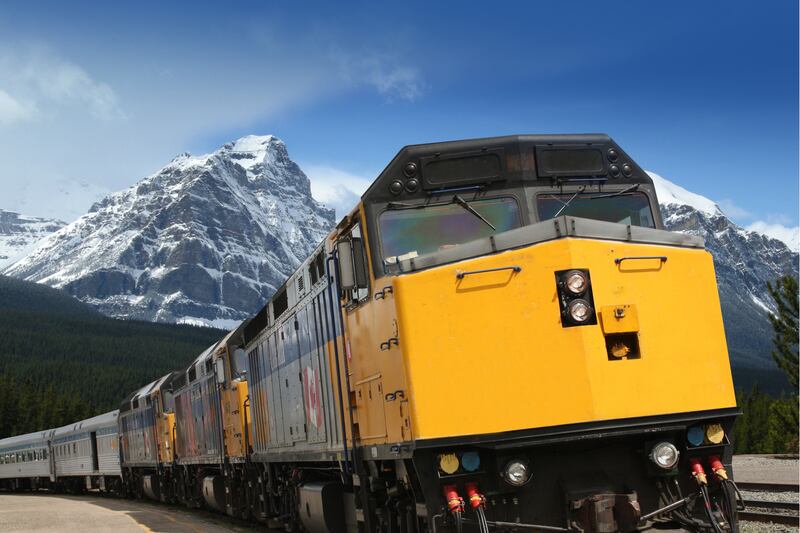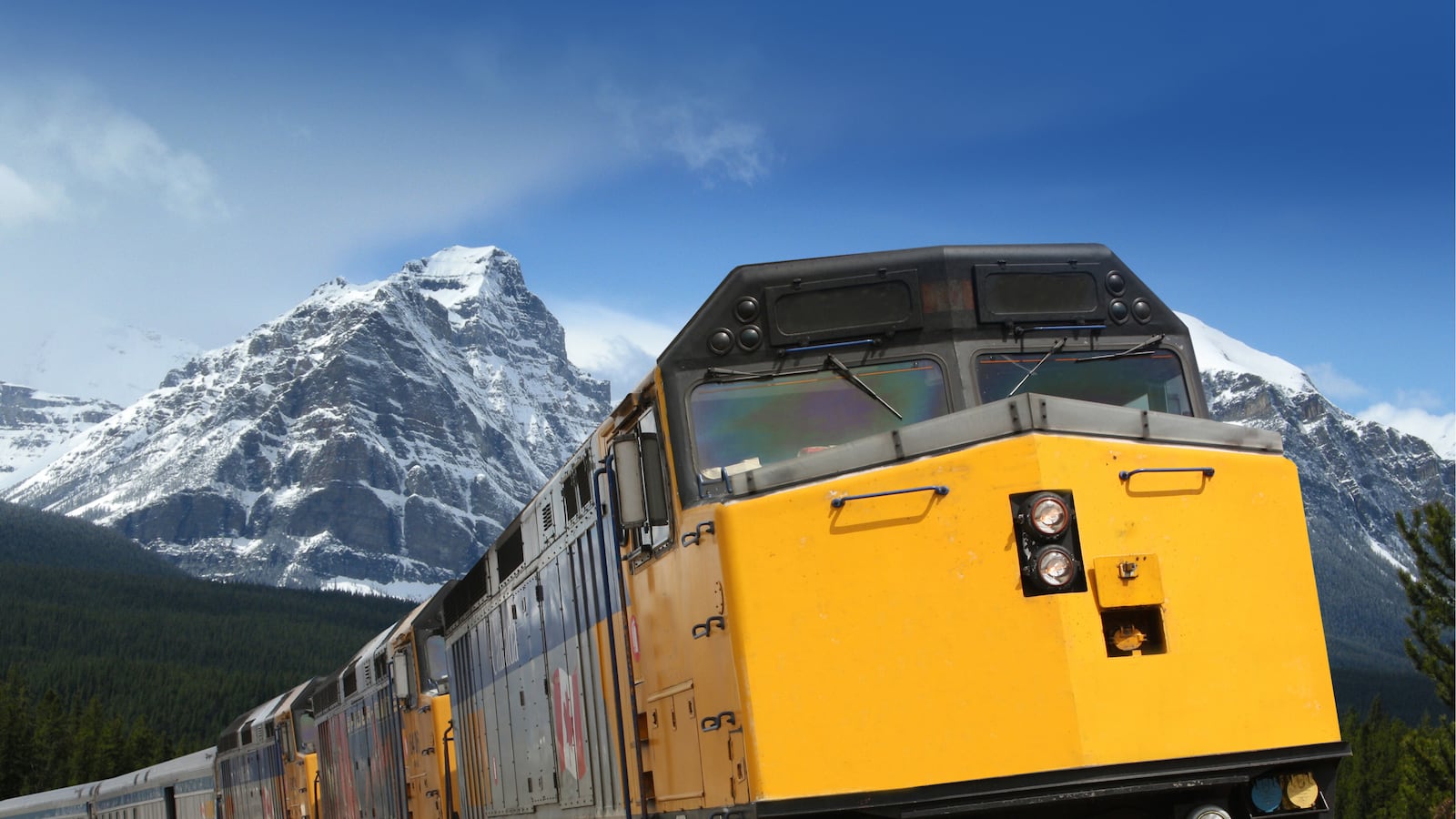When it was first introduced some 170 years ago, the locomotive ran on a domestic fuel source. Workers on the iron horse shoveled coal into a boiler, which propelled the engine and sent steam and smoke billowing into the sky. In the 20th century, diesel fuel displaced coal. On shorter routes, overhead electrical wires began to provide the juice.

Now, another source of domestically-mined energy is being slowly introduced to the mix: natural gas.
Thanks to the shale revolution, the U.S. has abundant supplies of natural gas. And because it can’t be exported easily, its price has fallen sharply—Especially in relation to oil. As a result, American electricity generators have latched on to cleaner-burning gas. Natural gas in 2012 accounted for 30 percent of electricity generation in the U.S., compared with 20 percent in 2005.
Natural gas has been slower to catch on as a transportation fuel. But that may be slowly changing. Indeed, the U.S. Energy Information Administration projects that “liquefied natural gas (LNG) will play an increasing role in powering freight locomotives in coming years.”
Why? In a word, price. As the Wall Street Journal noted, “a gallon of diesel fuel cost an average of $3.97 last year, according to federal statistics. The equivalent amount of energy in natural gas cost 48 cents at industrial prices.” According to the EIA, America’s seven major U.S. freight railroads spent $11 billion in 2012 for more than 3.6 billion gallons of diesel fuel in 2012. For these railroads, fuel accounts for nearly one quarter of operating expenses. The potential cost savings is difficult to ignore.
Major manufacturers like General Electric and Caterpillar are building prototypes of locomotives that can run and natural gas and several railroads have committed to testing them in real-world conditions. BNSF, the Burlington Norther Santa Fe, a unit of Warren Buffett’s Berkshire Hathaway conglomerate, this spring said it would conduct a pilot project with LNG-fueled locomotives in the U.S.
North of the border, Canada National (CN) has has put into service “two mainline diesel-electric locomotives fuelled principally by natural gas in revenue service in northern Alberta.” CN retrofitted the diesel engines so they could run on a blend of 90 percent natural gas and 10 percent diesel, a move that, the company said could cut carbon dioxide emissions by 30 percent. In April, Westport Innovations delivered four tenders—cars that can carry 10,000 gallons of LNG—to CN. Westport is also working with machinery giant Caterpillar on new locomotives.
General Electric and CSX are teaming up to test GE’s Next Fuel Natural Gas Retrofit kit, a set of equipment installed into regular locomotives that can use either diesel or a blend of 80 percent natural gas and 20 percent diesel. GE claims that retrofitting can “reduce locomotive fuel costs by up to 50 %.” Meanwhile, Union Pacific says (PDF) is planning to test LNG as a fuel source for locomotives in early 2015.
The efforts are proceeding slowly and tentatively because the price differential of the fuel is only one factor to consider. Retrofitting locomotives and adding LNG tenders is an expensive proposition. The EIA projects that fuel savings could “more than offset the approximately $1 million incremental cost associated with an LNG locomotive and its tender.”
Locomotives are long-term commitments—one can last as long as 30 years. So railroad operators have to be sure that the price of natural gas will remain low. Railroad operators have to get regulatory waivers to place these new locomotives into service. And the transition will require railroads to make investments beyond new engines and LNG tenders. They will have to build LNG fueling stations at railyards, for example.
This uncertainty explains why the forecast, while optimistic, is highly variable. in its report, EIA suggested a wide range of scenarios for the adoption of LNG as train fuel. By 2040, it said, LNG could account for as little as 16 percent and as much 95 percent of railroads’ total energy consumption.
“The fuel economics look very favorable,” said Nicholas Chase, an economist at EIA. “But translating the cost advantage into actual use requires a lot of steps.”





